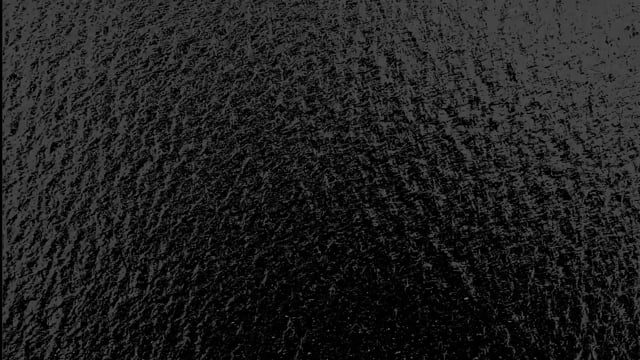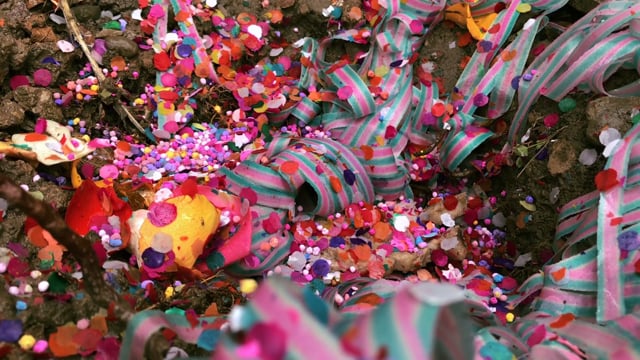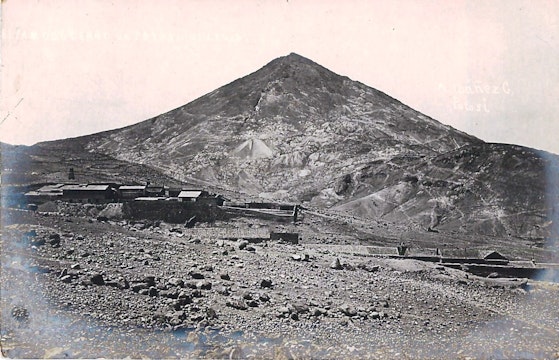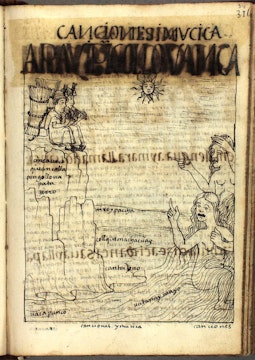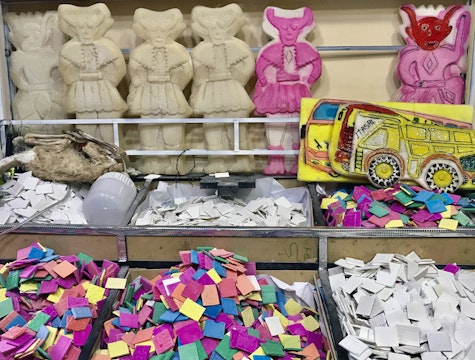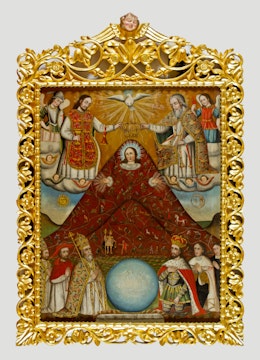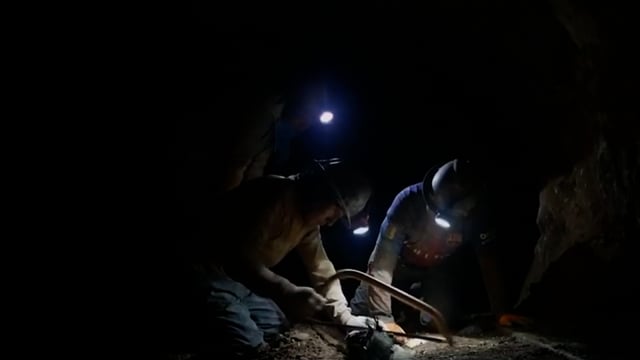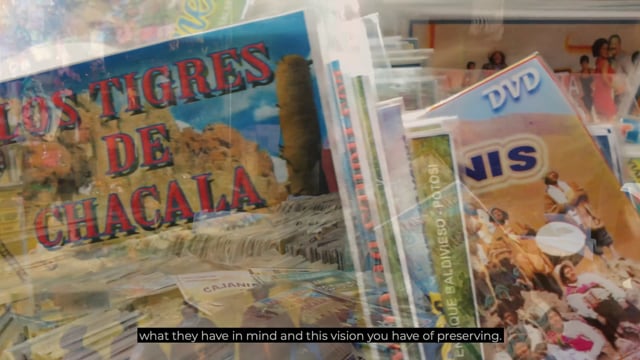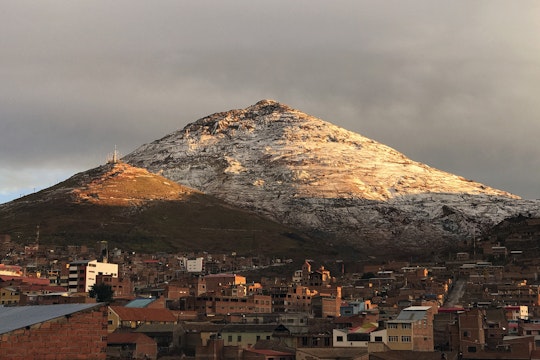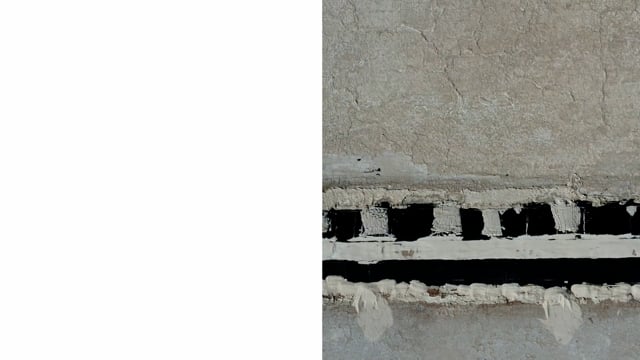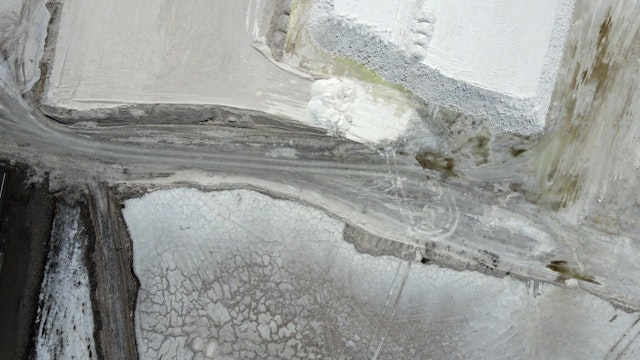Alberto Villalpando (La Paz, Bolivia, 1942)
The musical practice of the original settlers did not fit in with the musical response that they had proposed as a solution to the demands of their world of sound
The musical practice of the original settlers did not fit in with the musical response that they had proposed as a solution to the demands of their world of sound
However, in Bolivian territory the unique result of European musical practice was the appearance of Creole music. Unfortunately, although this new music was fully adapted to the demands of the sound world, it did not lead to a more elaborate music appearing and, with the advent of the republic, all the tradition and musical practice of the colony was lost (Villalpando, 2015, p. 105).
As Villalpando expresses, in Bolivia the musical practice of the Europe of that time was inherited as a tradition of the colony. It was to be expected, for example, that the cities of Potosí and Sucre were true centers of musical practice and diffusion where instruments were made and where there were talented and fruitful composers such as chapel masters who at the same time had jobs as salon composers. However, the use of music in these places was the result of another culture and another sound conception, it was the music of Europe transferred without further ado to America. This had a social consequence, since this type of music had no influence on any other social strata that were not those that had a direct relationship with Europe.
Villalpando, A. (2015). Consideraciones sobre el carácter de la música en Bolivia. En S. R. (coord.), Antología del pensamiento boliviano contemporáneo (págs. 101 -110). Buenos Aires: CLACSO.
Alberto Villalpando (b. La Paz, Bolivia, 1942) is considered to be one of the main driving forces of contemporary music in his country, Bolivia. Villalpando began his musical training in Potosí under Santiago Velásquez and Padre José Díaz Gainza. From 1958 he studied at the Conservatory of Buenos Aires with Alberto Ginastera, Pedro Sáenz, Abraham Jurafsky and Roberto García Morillo, and in 1963–64 at the Latin American Center for Higher Musical Studies (CLAEM) in Buenos Aires with Olivier Messiaen, Riccardo Malipiero, Luigi Dallapiccola, Alberto Ginastera, Bruno Maderna and Aaron Copland. There, in collaboration with Miguel Angel Rondano, he developed a sound installation for an exhibition of the painter Carlos Squirru.
In 1964 he became head of the State Film Institute of Bolivia and in 1967 was appointed Director of the Music Department of the Bolivian Ministry of Culture. In addition, he served as professor of composition and director of the National Conservatory of La Paz and the music seminar of the Universidad Católica Boliviana, and was Bolivian cultural attaché to France. In 1998 he was awarded the National Prize for Bolivian Culture.
In addition to orchestral works such as Phantastischen Liturgie, Strukturen (for piano and orchestra), and Von der Liebe, der Furcht und dem Schweigen (for piano and chamber orchestra), he has composed music for ballets and film, pieces for chamber orchestras, and Sonnengesang for soloists, choir and orchestra. While studying electroacoustic music, he benefited from the tape recorder, producing the tape Bolivianos...! in Leo Küpper's recording studio. Later he drew on electroacoustic sound and the technical developments offered by MIDI.

